As an Occupational Therapist (OT), I often make annual recommendations for back-to-school transition support for students with special needs. A friend’s recent social media post that spoke of the usual feelings of excitement normally emanating from her niece and nephew being replaced this year by uncertainty and anxiety prompted me to expand the concept to include ideas for ALL children returning to school. Mental health and well-being appear to be a focus, with many states releasing ESSER plans that support Mental Health and Social Emotional Learning (SEL) Strategies. Primary care physicians and other healthcare practitioners report shifts in the focus of preventative healthcare expanding to include discussions of handling stress more holistically.
In general, most children thrive on structure and predictability, social interactions, and play, as well as relying on stable and healthy adult relationships. These concepts have all been affected by the pandemic with changes in school routines, cancellations of social events and gatherings, along with the added stress of their adult caregivers. Often labeled “Complex Trauma” as it is more long-term and far-reaching, we are now seeing the effects of this in a new mental health crisis.
Along with other national organizations, the American Occupational Therapy Association (AOTA) has compiled a list of these back-to-school resources. In addition, check out these 5 timely transition tips that may be easily incorporated into SEL and Trauma Informed Care practices to support all students in an effort to reduce anxiety and support mental health and well-being:
- Establishing structure and routine is vital for stability. In addition, visual schedules may help in reducing anxiety. Often included as a learning strategy for students on the autism spectrum, a visual schedule displays a clear external structure for the school day and physiologically may be calming for students. Although daily and weekly activities may vary, routinely using a visual schedule may help provide safety and predictability. Like above, using a visual timer may also be beneficial, especially for students who struggle with attention or visual-spatial concepts of analog or digital time readouts.
- Practice mindfulness using movement and breath. Stress and anxiety can trigger the sympathetic nervous system, which, in turn, activates the fight, flight, or freeze response. Deep breathing exercises are a foundation for regular mindfulness, meditation, and yoga practices. Childcraft Breathe with Me Carpet Squares provide a visual cue for the inhale and exhale process and are super easy to implement. Breath and bodywork help counteract stress by tapping into the parasympathetic nervous system, which signals the body to stop the emergency response and calm down.
- Offer options for reducing sensory overload. Students with sensory processing issues may often be overly sensitive to touch, movement, sights, and sounds. Individuals experiencing trauma may have heightened states of arousal which may mimic this hypersensitivity. Options to reduce auditory overload, like noise-canceling headphones, may be helpful, as are options to reduce or filter visual lighting input, like Cozy Shades. Creating Sensory Spaces is crucial to any learning environment to provide a safe haven for students to regroup and develop self-regulation skills.
- Deep touch pressure and heavy work activities activate the proprioceptive system, which may help promote calming and organizing responses. Pulling a heavy wagon, sweeping with a broom (with addtional weight attached), carrying a load of books, or performing a series of wall pushups are all quick activities to incorporate this sensory strategy during the day. In addition, weighted products like lap pads, stuffed animals, or blankets also help support this self-regulation.
- Finally, be sure to provide support for expressing feelings and emotions. Many students may find expressing their feelings intimidating or challenging, so using support tools to encourage self-awareness and self-expression may help with SEL skills.
Visit our website for more ideas on transition tips. Let’s help all students feel safe, supported, and strong this school year!
Cecilia Cruse
Cecilia Cruse, MS, OTR/L has a BS degree in Occupational Therapy from the University of Florida, and her Master’s degree in Education from Georgia State University. She is SIPT certified and has over 25 years of experience in pediatrics with school-based services, acute care, and outpatient pediatric settings.

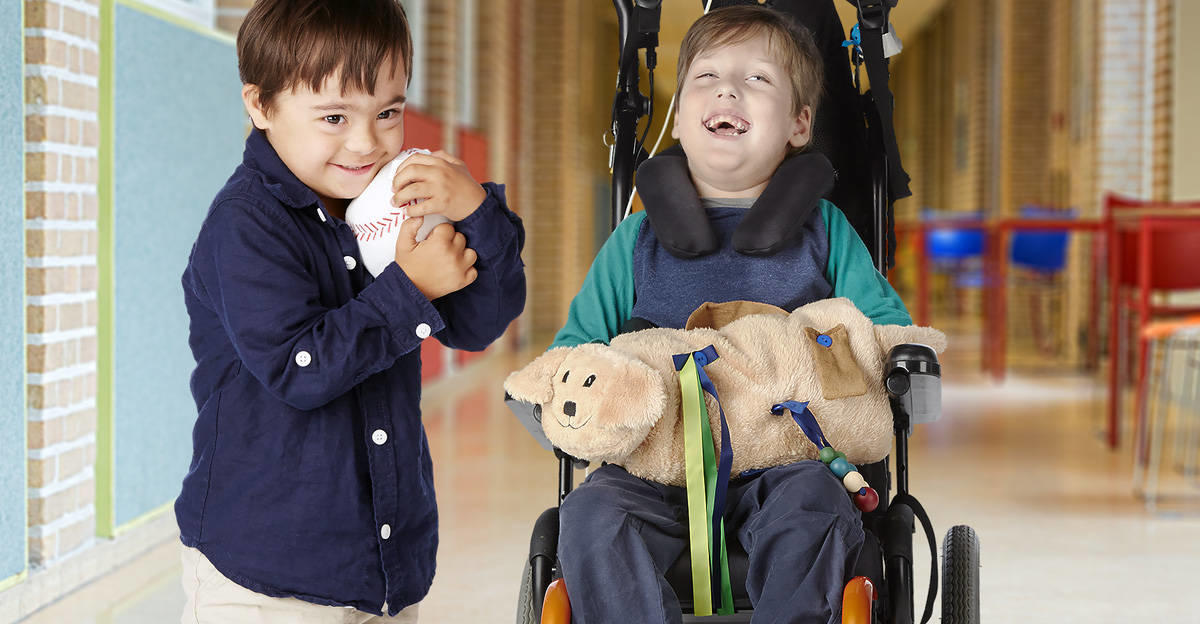

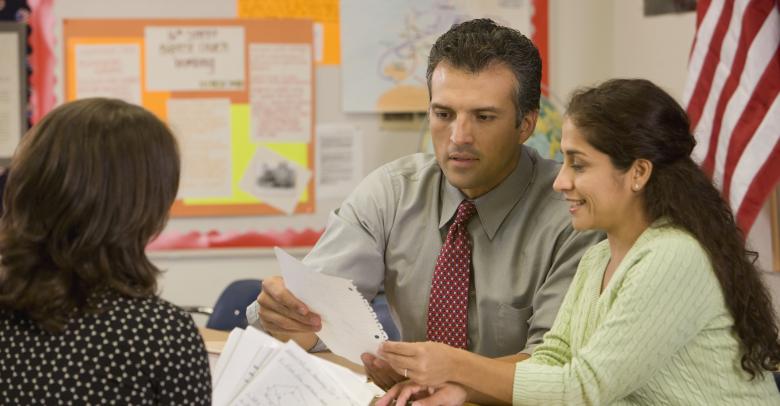
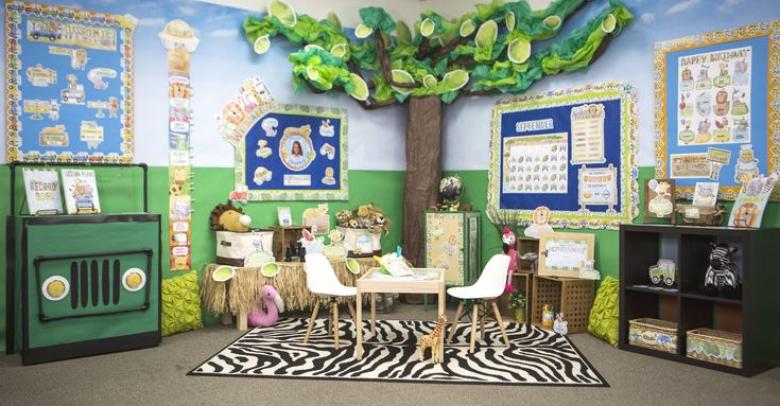
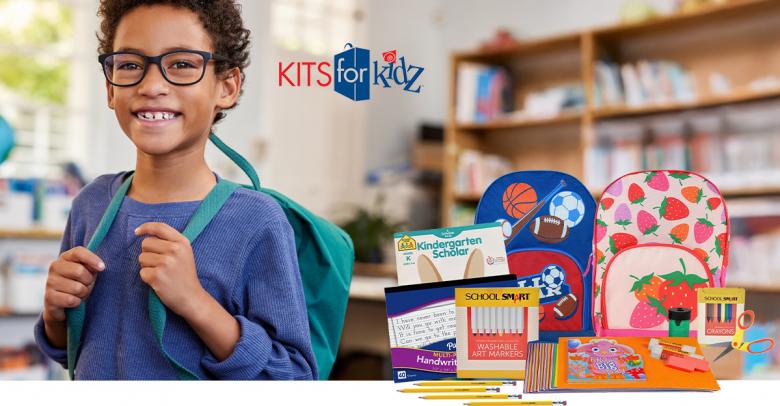
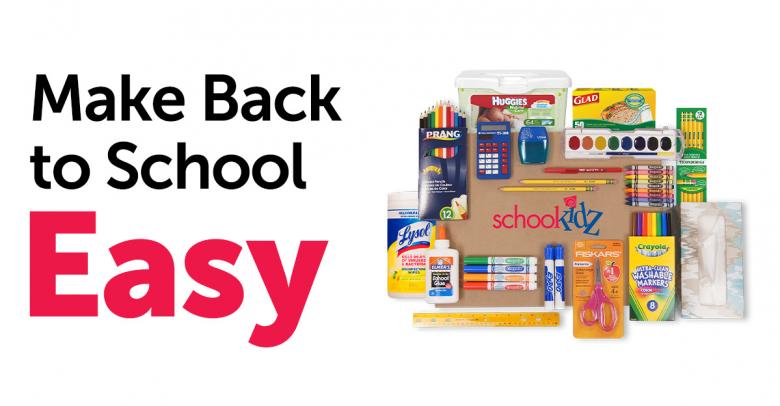
Leave a Reply